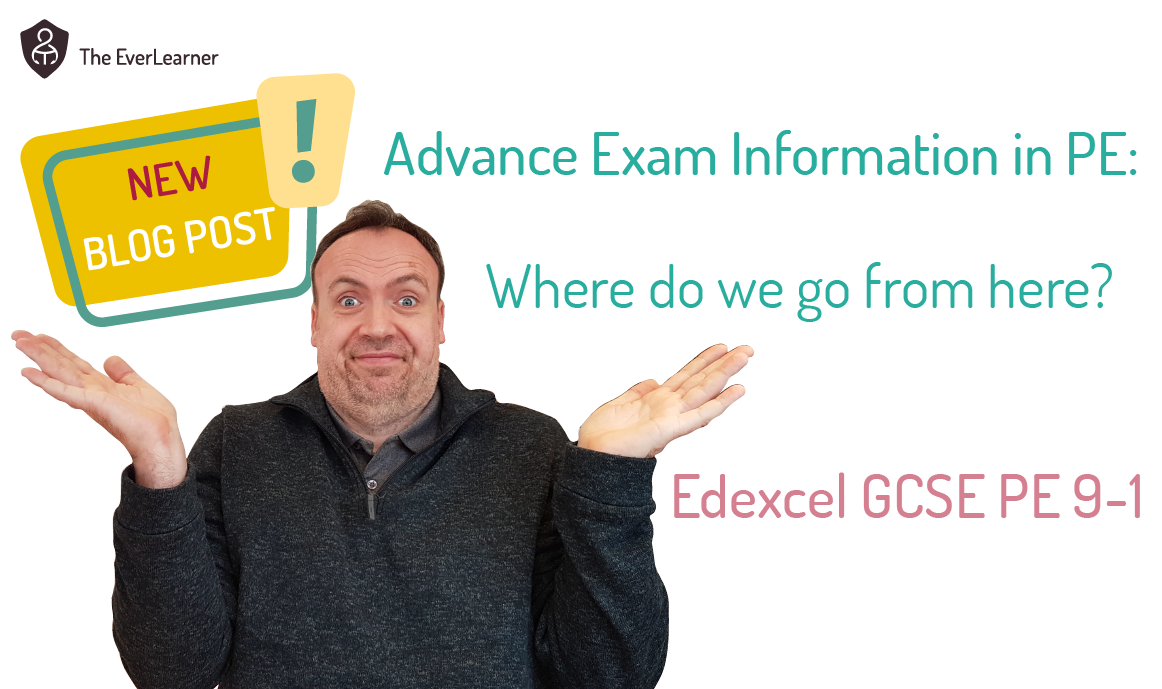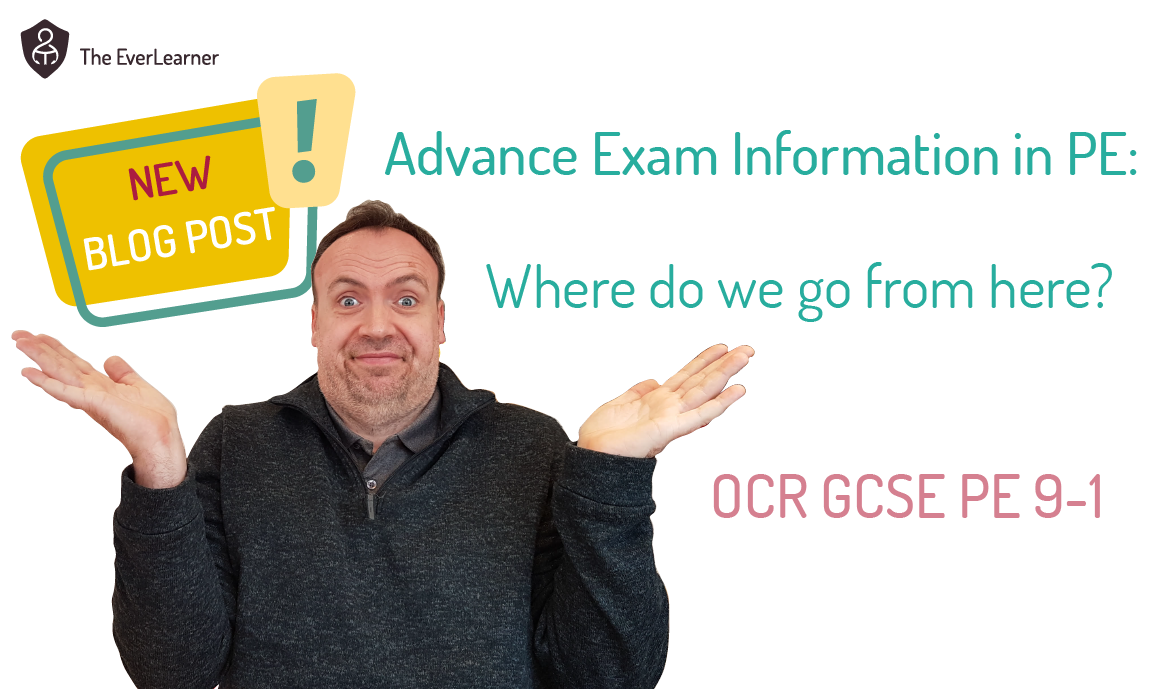Advance Exam Information in AQA GCSE PE 9-1: Where Do We Go from Here?
In a rush? Jump to the specific question/section.
➚ Q: What guidance has been published for PE?
➚ Q: How did the sector react to the advance exam information?
➚ Q: What are the implications for my classroom teaching?
➚ Q: What is the specific guidance from AQA for GCSE PE?
➚ Q: What are James's recommendations for AQA GCSE PE?
➚ BONUS section for AQA centres
➚ What can The EverLearner do to help?
Q: What guidance has been published for PE?
On Monday 7th February 2022, all exam boards published their advance exam information for PE and Sport courses examined in summer 2022. The aim of this guidance can be viewed here:
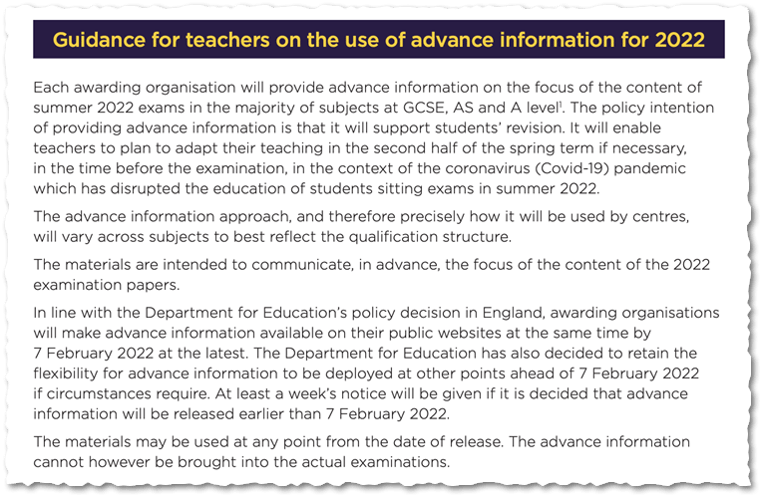
Extract taken from JCQ’s publication: Advance Information for Ofqual Regulated General Qualifications (Summer 2022)
JCQ have guided the exam boards to provide information that does not jeopardise these principles:
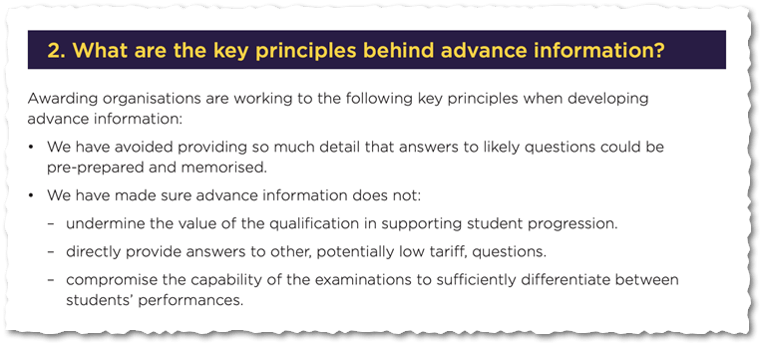
So, with these principles in mind, teachers and students received the advance exam information and what follows is aimed at achieving three things:
1. Establishing core educational principles by which teachers should use the advance information.
2. Interpreting each batch of advance exam information.
3. Making recommendations on each batch of advance exam information (covering all major courses).
Q: How did the sector react to the advance exam information?
Judging by the online response, PE teachers received the guidance with a degree of frustration. One main bone of contention was the issue of synopticity:
Example 1:

Taken from AQA GCSE PE 9-1 advance exam information publication.
Example 2:
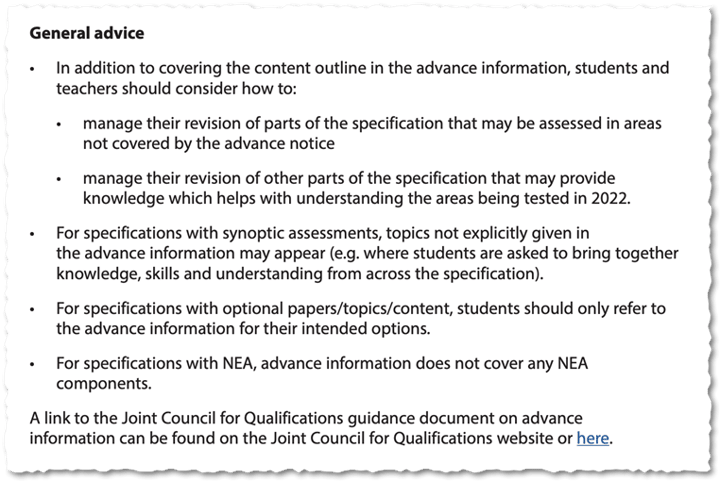 Taken from Edexcel GCSE PE 9-1 advance exam information.
Taken from Edexcel GCSE PE 9-1 advance exam information.
Teachers feel that the AEI may, therefore, be absent of some of the topics that feature in the most challenging questions because they are synoptic in nature. My interpretation of this is slightly different. For example, the AQA GCSE PE 9-1 does feature a nine-mark synoptic question at the very end of the paper. The nature of this question is that students receive credit for being able to link wider aspects of learning to the question theme synoptically. I believe it is this skill that the guidance is referring to. Therefore, I believe that all high-tariff topics have been listed on the AEI with the exception of the optional links that students make. These links are very open in their nature and completely individual to the student. Whilst this is only an interpretation, I believe it is the one that makes sense.
Q: So, what are the implications for my classroom teaching?
It is vital that core educational principles must be applied by teachers when using the AEI:
1. Students have the right to learn all knowledge and skills relating to a course.
2. The AEI provides relevant context by which specific content and skills can be honed.
3. Students need to be guided to prepare all specification knowledge and skills.
Q: What is the specific guidance from AQA for GCSE PE?
First of all, it is vital that you view the full guidance from AQA here.
This is our summary of the listed content: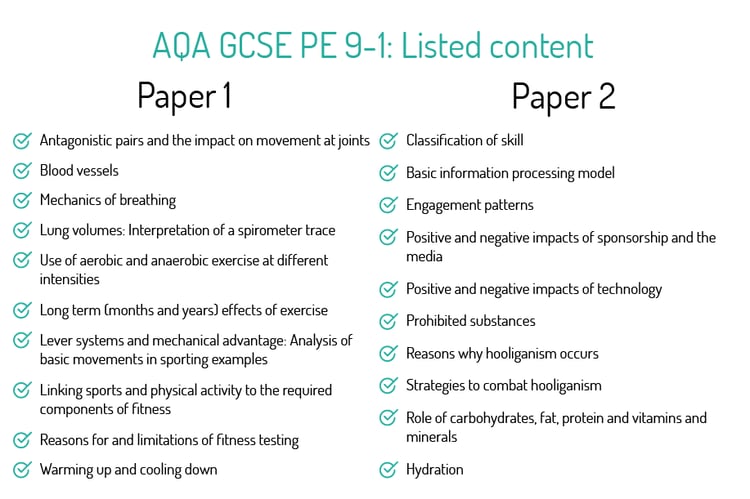
Q: What are James's recommendations for AQA GCSE PE?
My top five recommendations for AQA GCSE PE 9-1:
🔑 Recommendation 1: Use the Classification of skill and Components of fitness topics to develop the “Justify” AO3 skill.
Here are two examples:
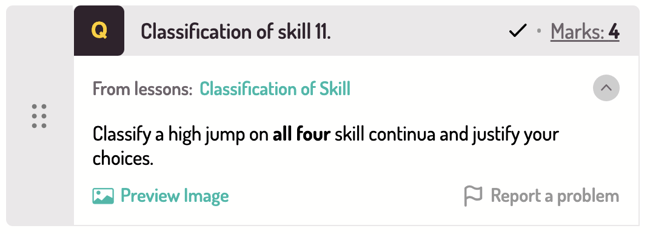 *Questions taken from AQA GCSE PE 9-1 ExamSimulator on TheEverLearner.com.
*Questions taken from AQA GCSE PE 9-1 ExamSimulator on TheEverLearner.com.
🔑 Recommendation 2: On paper 1, the six- and nine-mark questions are far more likely to come from the Warm-up and cool-down, Fitness testing and Components of fitness topics.
The image below is the full history of six- and nine-mark question writing by AQA:
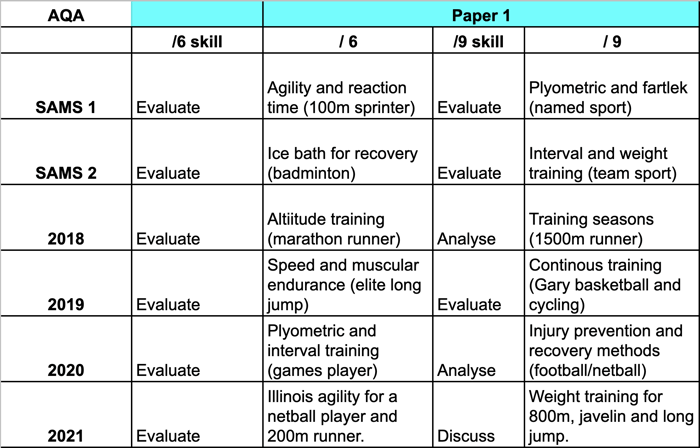
Assuming that Methods of training is not being questioned (see above), Components of fitness and Fitness testing are the most likely candidates.
🔑 Recommendation 3: On paper 2, ensure that your students’ preparation on Sponsorship, media and technology covers all bases. In both areas, the students’ knowledge may be tested in relation to the impact on the performer, the sport, the spectators, the sponsors or the officials. Furthermore, the students’ understanding must be evaluative/discursive. They must be able to provide both positive and negative influences in all cases.
🔑 Recommendation 4: On paper 2, Engagement patterns will be asked. Students need to be guided that Engagement patterns is a very broad topic.
As an example, look at the image below. This is my video/quiz writing preparation notes for gender only. You will notice that I cover every facet of gender and address every factor influencing participation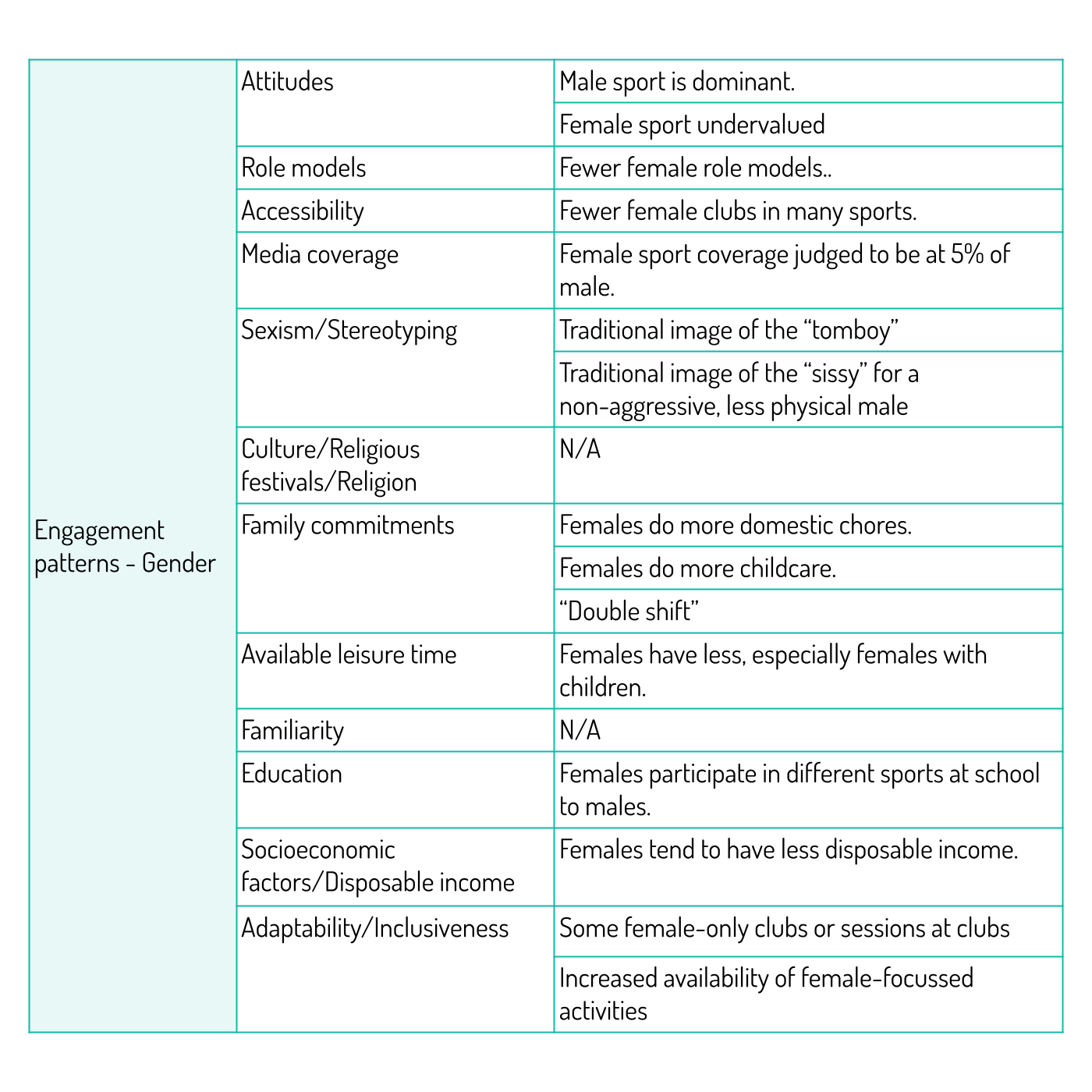
🔑 Recommendation 5: On paper 1, ensure that students have an excellent grasp of movement analysis in relation to the following named sporting actions:
● Elbow during a push up/football throw.
● Hip, knee and ankle action in running, kicking, basic squat and a vertical jump.
● Shoulder action when bowling in cricket.
Here is an example of what to provide:
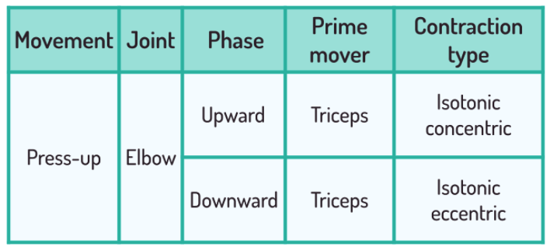
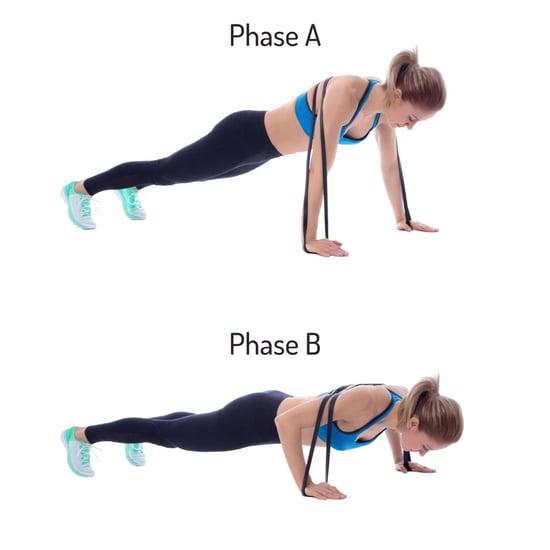
Bonus section for AQA centres
There is a lot of concern about synopticity given the wording of the guidance (see above). Therefore, I have created this handy crib sheet which provides students with very reliable synoptic links that can be used in the vast majority of 9-mark question iterations. You can download this document using the link on the right and provide it directly to students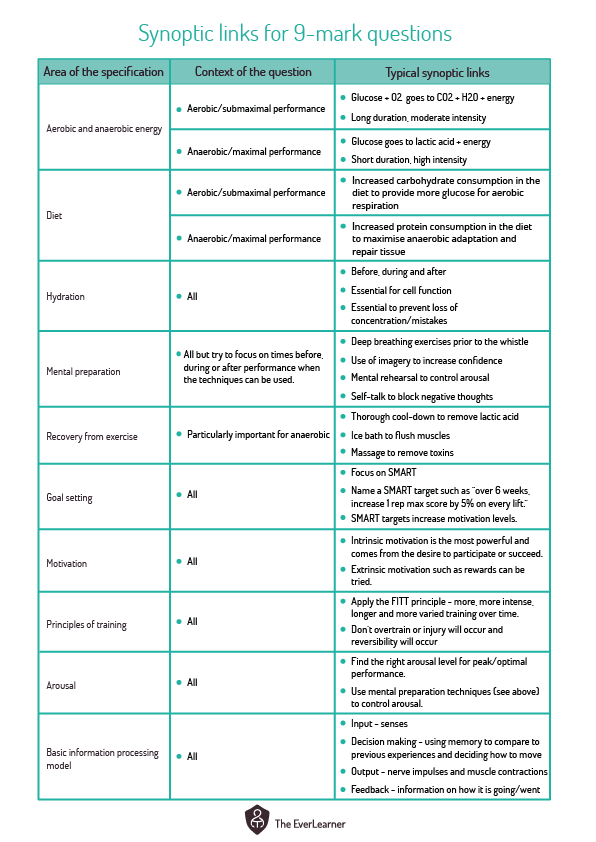
These links are almost universal when answering nine-mark questions.
What can The EverLearner do to help?
I would like to ask a favour. Now the AEIs have been published, I would like you to tell me in what ways I can help you and your learners in the coming months. In addition to my core work with TheEverLearner.com and ExamSimulator, I aim to improve the experience of pre-exam learning this academic year. For this reason I am asking you to answer the form below.
You can complete the form anonymously if you wish but please do take a moment to let me know how I can help you.
Thank you.
%20Text%20(Violet).png)


